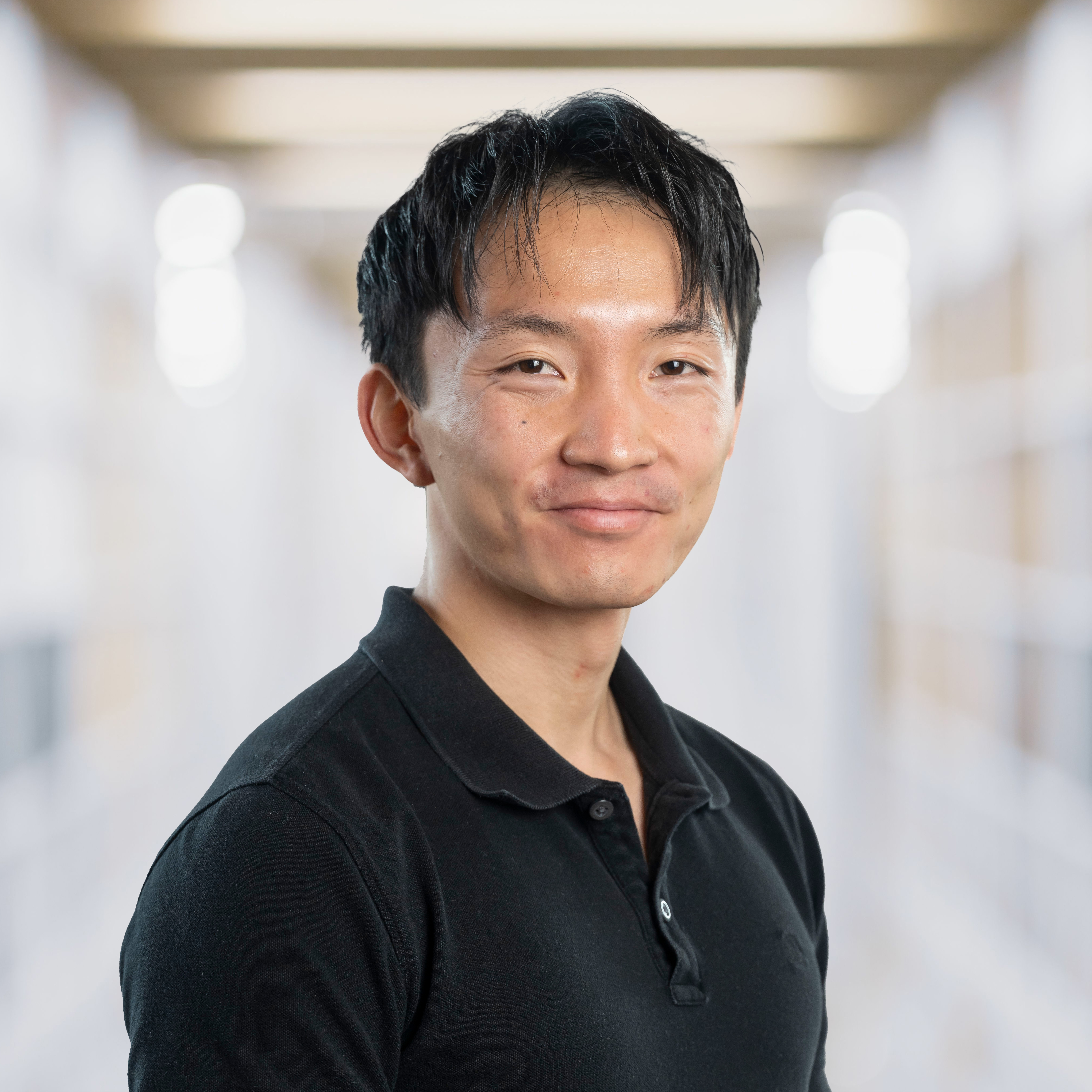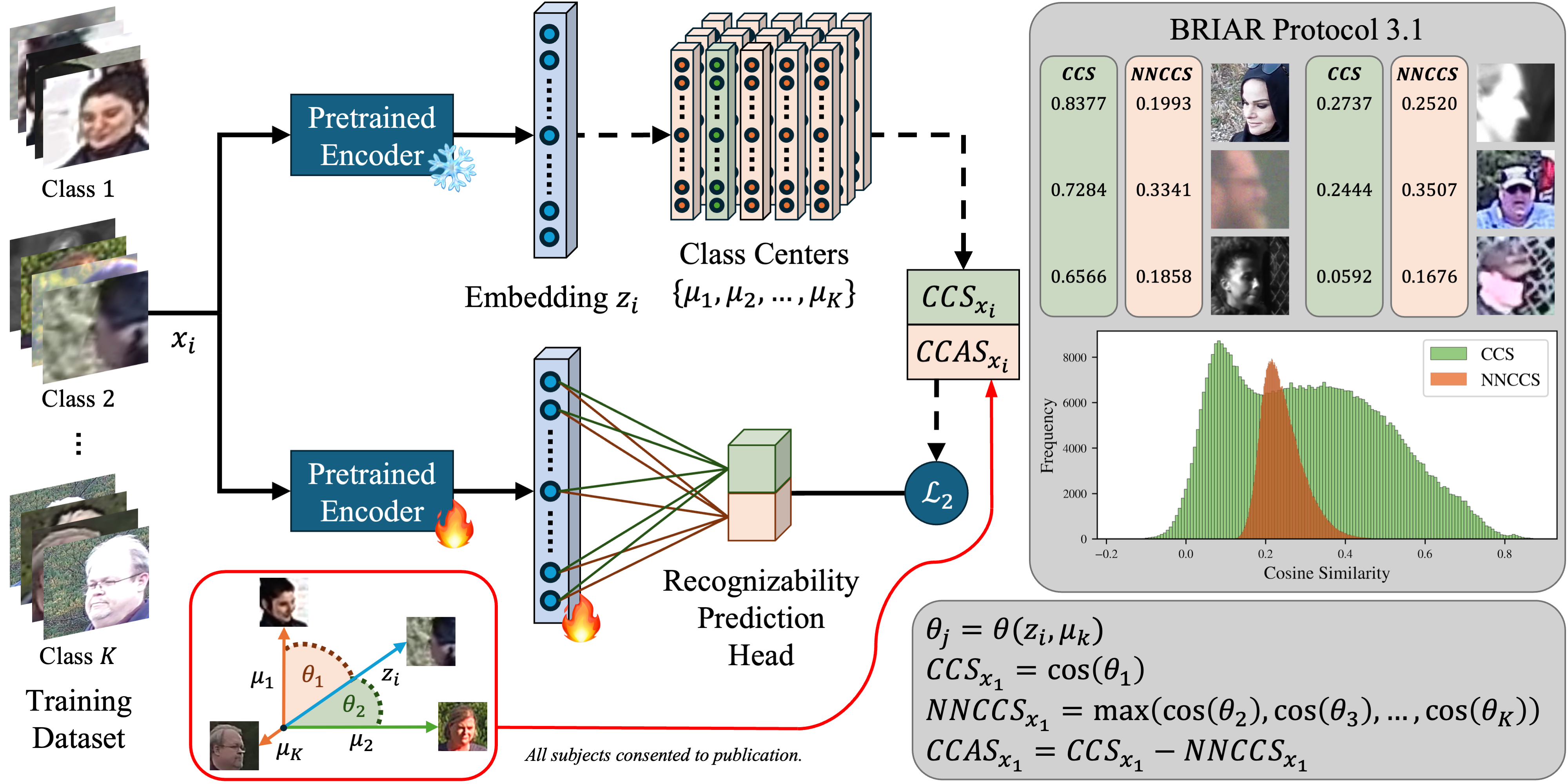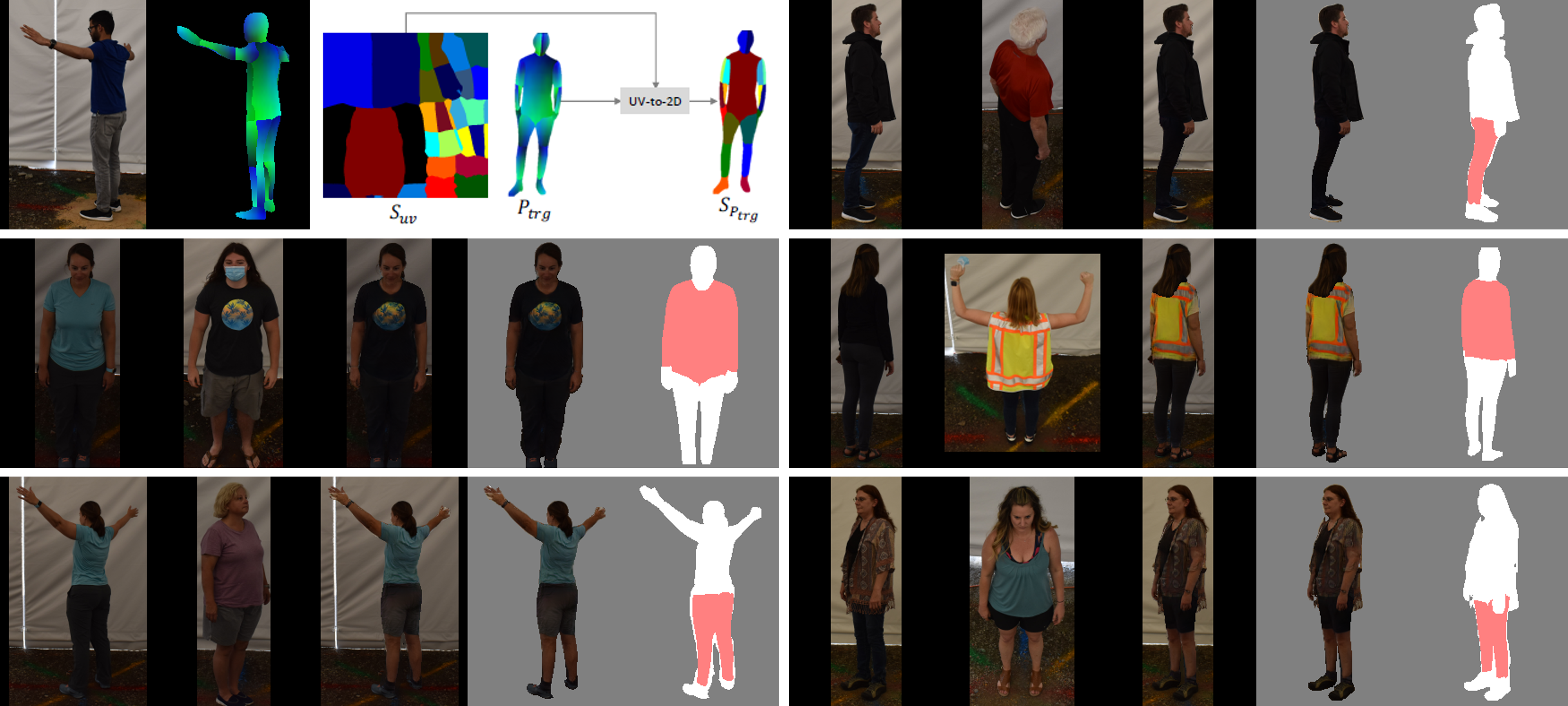Allen Tu
About Me
I am a PhD student in Computer Science at the University of Maryland, College Park (UMD), advised by Professor Tom Goldstein. My research spans deep learning, computer vision, and graphics, with emphasis on 3D scene reconstruction, multimodal biometric recognition, and generative priors for robust vision systems. I have published in top machine learning conferences, contributing methods in compression and explainability that enable large-scale recognition and 3D reconstruction in real-world settings. In addition to my academic work, I collaborate with both academic and industry partners on problems spanning vision, language, and generative modeling. I completed my BS/MS in Computer Science at UMD in 2024.
I was a Computer Vision Research Intern at Systems & Technology Research (STR), focusing on multimodal biometric recognition, and a Peer Research Mentor in the FIRE: Capital One Machine Learning program at UMD, where I mentored over 80 undergraduates in their first research experiences. These roles deepened my interest in building machine learning systems that are both efficient and trustworthy. A recurring theme in my work is designing methods that not only achieve high accuracy, but also scale effectively and provide interpretable signals for decision making. My goal is to advance AI that can be deployed in real-world applications, ensuring systems that are safe, reliable, and beneficial to society.
News
🎓 Applying to 2026 PhD programs? Here are my annotated UMD application materials!
💼 STR has opened internships for Summer 2026. Reach out or apply via my referral link!
- December 2025: TransFIRA has been accepted to IEEE FG 2026 (Round 1 🇯🇵)!
- December 2025: I joined Rednote (小红书)! 分享科研、PhD life 和假中国人日常 🇺🇸🇨🇳
- December 2025: Released our SplatSuRe paper and code.
- November 2025: Updated our SpeeDe3DGS paper and code.
- June 2025: Thank you for visiting PUP 3D-GS and Speedy-Splat at CVPR 2025! 🎉
Research Highlights
|
Redefine template-based recognition through encoder-grounded recognizability prediction
that learns directly from embedding geometry via class-center similarity and angular
separation, enabling principled filtering, calibrated weighting, and cross-modal
explainability that surpass prior FIQA methods in accuracy, interpretability, and
generality.
|
|
|
SpeeDe3DGS: Speedy Deformable 3D Gaussian
Splatting with Temporal Pruning and Motion Grouping
Under Review, 2025.
Boost DeformableGS rendering speed from 20 to 276 FPS using temporal sensitivity pruning
and groupwise SE(3) motion distillation, all while preserving the superior image quality
of per-Gaussian neural motion.
|
|
|
SplatSuRe: Selective Super-Resolution for
Multi-view Consistent 3D Gaussian Splatting
Under Review, 2025.
Enhance 3D Gaussian Splatting by selectively injecting super-resolution only where
high-frequency detail is missing, yielding sharper results and improved perceptual
quality without introducing multi-view inconsistencies.
|
|
|
Accelerate 3D Gaussian Splatting rendering speed by over 6× and reduce model size
by over 90% through accurately localizing primitives during rasterization and pruning
the scene during training, providing a significantly higher speedup than existing
techniques while maintaining competitive image quality.
|
|
|
Prune 90% of primitives from any pretrained 3D Gaussian Splatting model using a
mathematically principled sensitivity score, more than tripling rendering speed while
retaining
more salient foreground information and higher visual fidelity than previous techniques
at a substantially higher compression ratio.
|
|
|
Unconstrained 3D reconstruction and novel view synthesis in challenging real-world
environments.
PIs:
Professor Tom Goldstein,
Professor Matthias Zwicker,
Professor Abhinav Shrivastava,
Dr. Abhay Yadav,
Dr. Cheng Peng,
Professor Rama Chellappa
|
|
|
Multimodal fusion of incomplete face, body, and gait information in severe operational
conditions.
PIs:
Dr. Joshua
Gleason,
Dr. Jennifer Xu,
Dr. Nathan Shnidman,
Dr. Mark Keck,
Professor Vishal Patel,
Professor Rama Chellappa
|
|
* denotes equal contribution. [BibTeX]
Experience
|
University of Maryland Institute of Advanced
Computer Studies
Graduate Research Assistant: August 2023 — Present Tom Lab
|
|
Systems & Technology Research
Computer Vision Research Intern: May 2022 — Present Video and Image Understanding Group |
|
University of Maryland Department of Computer
Science
Undergraduate Researcher: January 2021 — December 2022 |
|
The First-Year Innovation and Research
Experience
Peer Research Mentor: January 2021 — December 2022 Capital One Machine Learning
|
|
|


